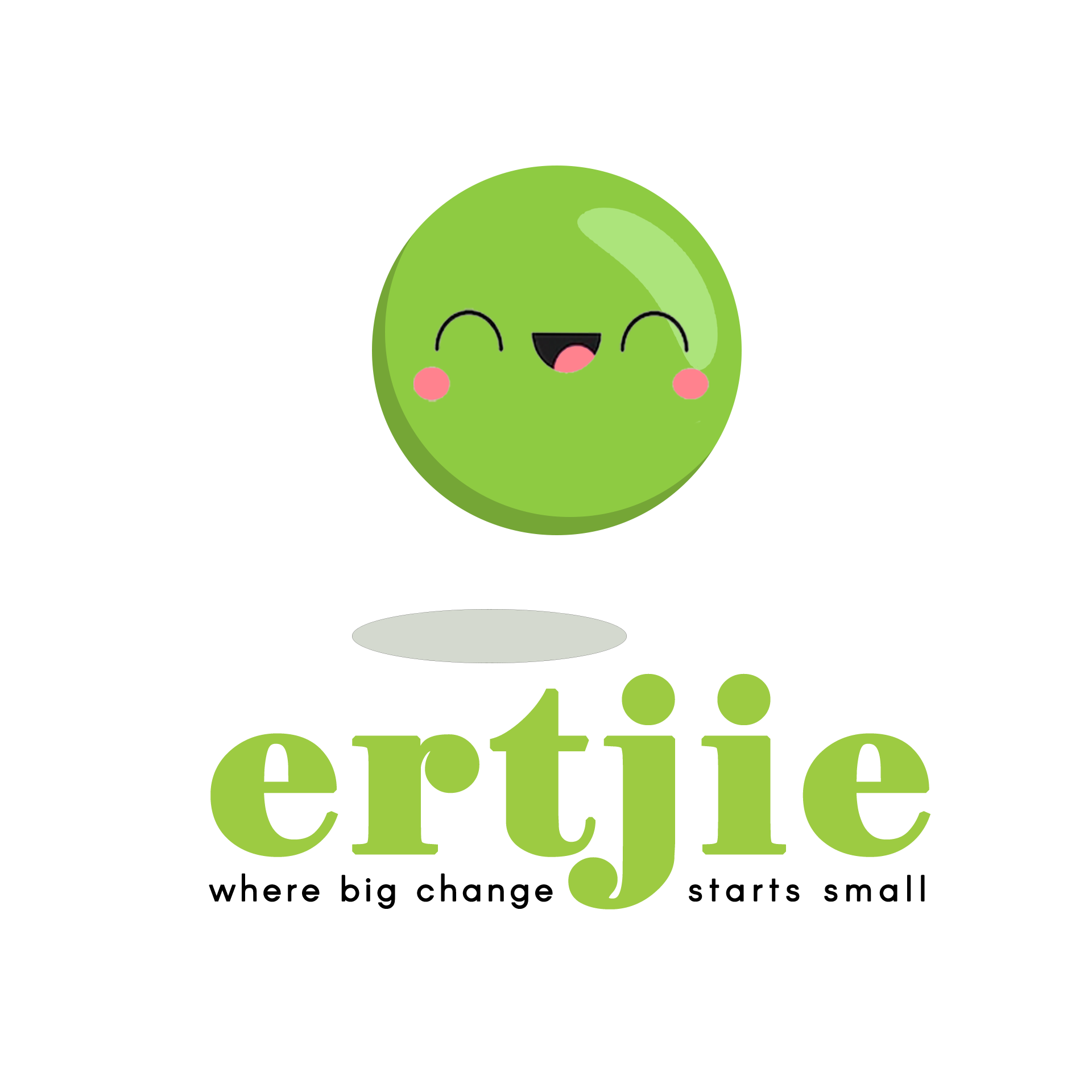The environmental impact of toys
South Africans spent over R5.4 billion on toys & baby products in 2022 and it is projected to increase to over R6.8 billion in 2023. The toy industry is the most plastic-intensive industry in the world as 90% of toys on the market are made of plastic. Plastic is made using fossil fuels, so making plastic toys causes an immense amount of environmental damage. 70% of the worlds toys are made in China, where children are often used as labour. Plastic toys are made of hard plastics that are often difficult or impossible to recycle, so many toys end up in landfill after a very short lifespan. Whilst in use children spend a lot of time handling toys, often putting them in their mouth so when we consider that plastics used for toys can contain harmful chemicals.
It is expensive to buy new toys and we create waste when we throw away toys that children have outgrown. Buying toys second hand is more environmentally friendly than buying new. And selling toys instead of throwing them away is also more environmentally friendly.
Renting toys has an even greater positive impact as the toys gets reused by many children instead of just a handful and the toys tend to be well maintained and repaired so they have an even longer lifespan.
Sources:


